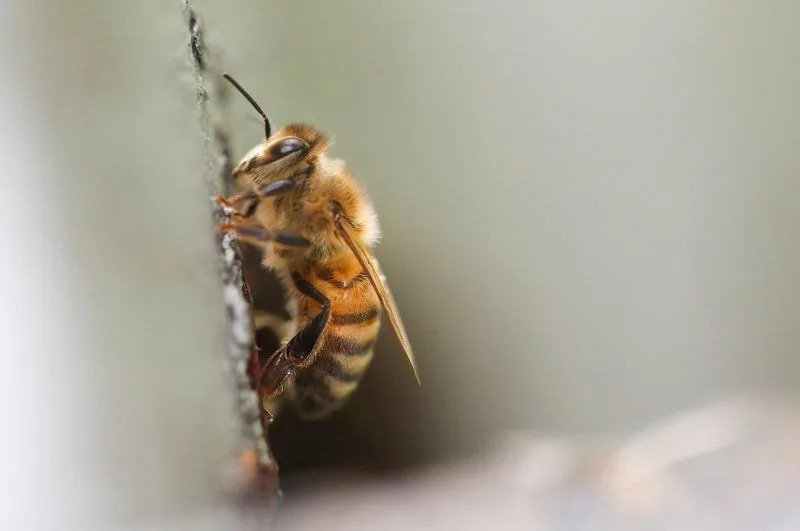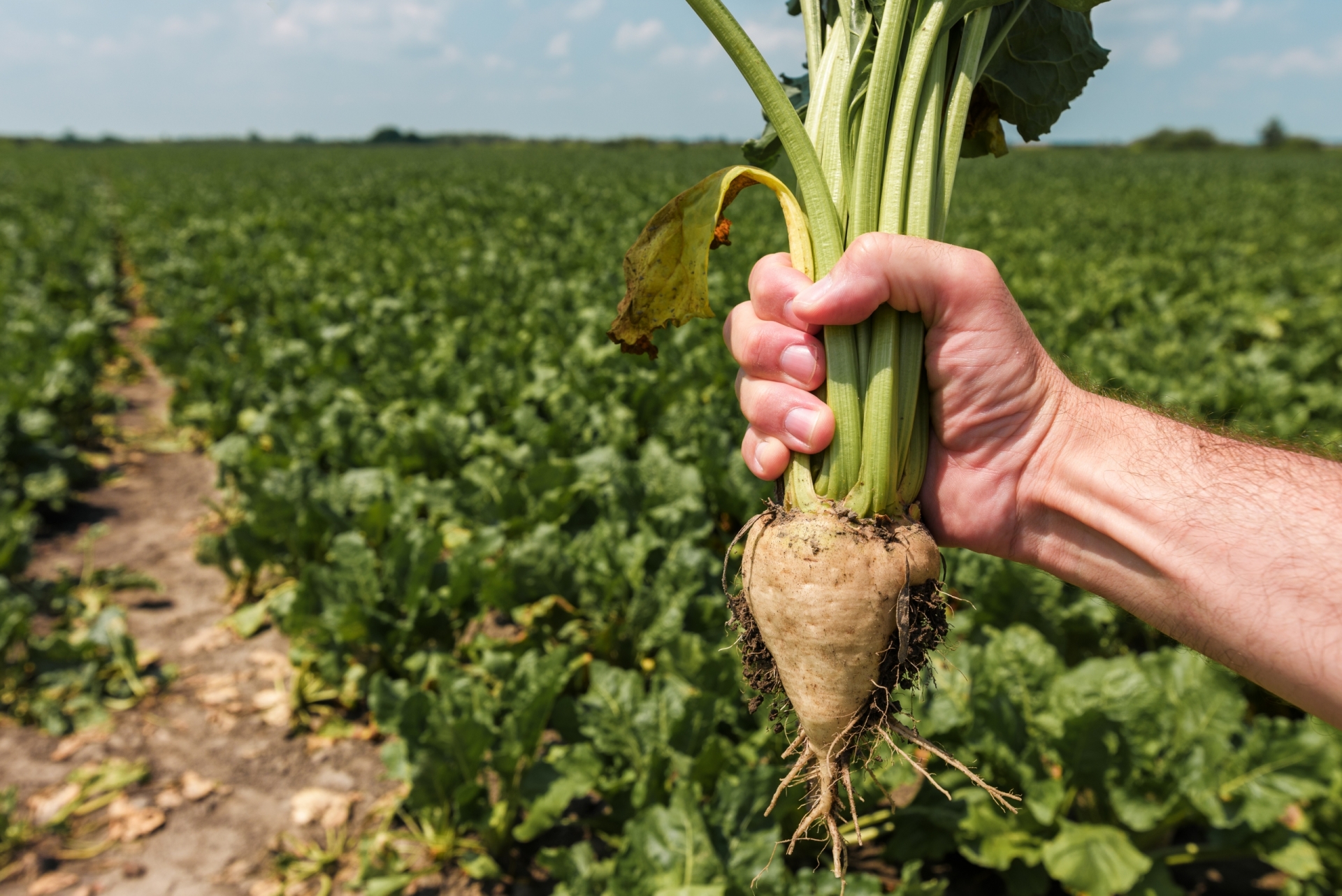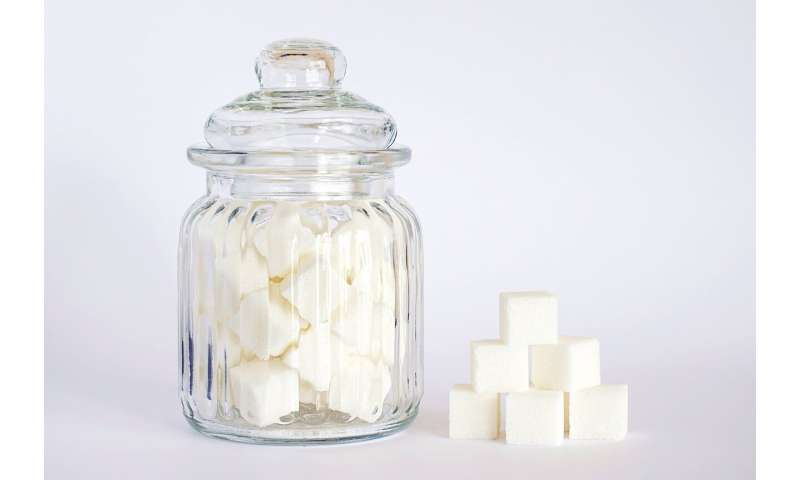
A federal judge has rejected the Justice Department’s bid to block a major U.S. sugar manufacturer from acquiring its rival, clearing the way for the acquisition to proceed. The ruling, handed down Friday, Sept. 23, 2022, by a federal judge in Wilmington, Del., comes months after the Justice Department sued to try to halt the deal between U.S. Sugar and Imperial Sugar Company, one of the largest sugar refiners in the nation.
For years, as a General Accounting Office report that came out this Halloween confirmed, U.S. consumers have been paying $3-$4 billion more annually for their sugar because of the federal sugar program. That amounts to an annual $40 hidden tax on a family of four, caused by a half-century-old farm bill program that on average doubles the price of a four-pound bag of sugar.
This burden is caused by an import and domestic production quota system backed up by a minimum price guarantee that has been in place for almost half a century. For decades, the sugar producers lobby — the Sugar Alliance and its predecessors — has claimed that the program places no burden on taxpayers or federal government spending. The government spending claim is close to being truthful, as import- and domestic-production quotas (coupled with prohibitive tariffs for any non-quota imports) have been extraordinarily effective in increasing U.S. sugar prices. Thus, only infrequently does the federal government have to use taxpayer dollars to buy up sugar at the guaranteed support price.
But the “no cost to taxpayers” claim is not true, simply because taxpayers are consumers. And they are paying much higher prices for the sugar they buy at the store, as well a little bit more for every candy, baked good, and other processed products they purchase.
Now, apparently in response to the recent GAO report’s findings and the sugar lobby’s stated objective of increasing the federal support price for sugar in a new farm bill, the lobby has come up with a new story. It goes as follows.
Food prices have increased more rapidly than sugar prices over the past decade and so now consumers are sending almost nothing to sugar producers. Further, they imply, the higher prices for processed foods that contain sugar were driven by greedy food processors seeking higher corporate profits. Thus, the sugar lobby argues, consumers need to blame food processors for higher prices, not the army of yeoman farmers that barely scratch their living raising sugar beets or cane. A sub-text is also that those farmers should receive a larger share of the consumer’s Snickers bar and tomato ketchup budget
From a policy perspective, this is all highly questionable. As the GAO report documents, the financial benefits of the sugar program for farmers raising sugar cane and sugar beets, along with the processing factories that almost exclusively the farmers own through cooperatives, are as follows: One way or another, annually consumers spend between $3 and $4 billion more on sugar than would otherwise be the case, and the farmers enjoy between $1 and $1.2 billion in increased profits.
In a U.S. agricultural sector consisting of about 2 million farms, that doesn’t sound like a lot. However, the benefits of the sugar program only accrue to the farms that plant sugar beets or sugar cane. So the relevant question is how many farmers are actually “dipping their beaks” in this particular honey pot and how much “honey” are they garnering?
The answer is that very few farmers produce either sugar beets or sugar cane.
The most recent publicly available data on farm numbers, currently for 2017, come from the National Agricultural Census, which is carried out by USDA once every five years. In 2017, a total 627 farms in Florida, Louisiana and Mississippi produced sugar cane and 3496 farms, spread thinly across 11 states planted sugar beets. Thus, only 4,123 of all U.S. farmers — about 0.2 percent of all farms — produced a sugar crop and benefited from the sugar program.
In 2023, that number is almost certainly lower. Figure 1 shows how the numbers of farms raising cane and beets has changed since the early 1990s. In 1992, 9,841 farms produced a sugar crop (1,031 cane farms and 8,810 beet farms). Since then, the number of sugar beet farms has steadily declined; after a modest 4.6 percent increase between 1992 and 1997, so too has the number of farms planting sugar cane. Further, the forces leading to consolidation and a reduction in farm numbers in the sugar sector — technological innovation and increases in crop yields — remain in force. The result was that in 2017, the number of farms raising sugar beets and sugar cane respectively had fallen by 60 percent and 42 percent, respectively, and the total number of farms benefiting from the sugar program had fallen by 58 percent.
Figure 1. Numbers of Sugar Cane and Sugar Beet Farms: 1992-2017
Sugar Cane Farms Sugar Beet Farms Total
1992 1,031 8,810 9,841
1997 1,079 7,057 8,136
2002 953 5,027 5,980
2007 692 4,022 4,714
2012 666 3,913 4,579
2017 627 3,496 4,123
Source: USDA National Agricultural Statistical Service Agricultural Census
Thus, today, conservatively using the lower end of the range of profits and total revenues from sales accruing to sugar farmers of $1 billion and $3 billion identified by the recent GAO report, the average farm raising sugar cane or sugar beets enjoys higher profits of about $242,000 because of the sugar program. Impacts of the program on revenues from sales are much larger — close to $750,000 a year.
Now, if the Sugar Alliance is to be believed, they want and deserve even more profits from the program because the farmer’s share has declined and is so very small, while processor profits are so large. A New Testament proverb, about which the Sugar Alliance seems blissfully unaware, warns us against complaining about a mote in someone else’s eye when we have a whole beam in our own. Given that the federal program effectively increases the average sugar farm’s annual profits by about a quarter of a million dollars, to many folks, sugar farmers would already seem to be more than very successful in obtaining their share of the consumer/taxpayer’s dollar to pad their annual profits.
Making largely unsubstantiated complaints about food processor profits to justify the current and even more lucrative sugar program initiatives seems less than gracious — in fact, it’s just another Halloween lobbying trick to scare and confuse busy farm bill legislators.
Vince Smith is director of agricultural policy studies at the American Enterprise Institute.







